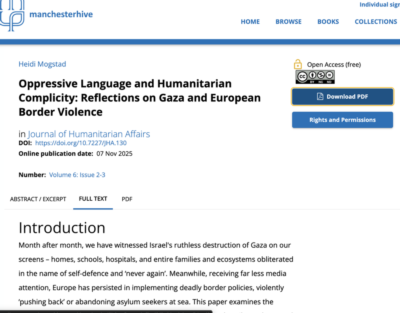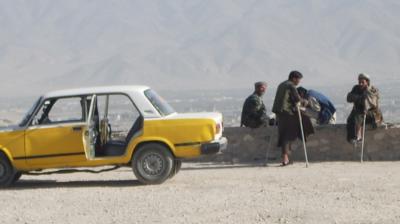Current trends of blood lead levels, distribution patterns and exposure variations among household members in Kabwe, Zambia
Childhood lead (Pb) poisoning has devastating effects on neurodevelopment and causes overt clinical signs including convulsions and coma. Health effects including hypertension and various reproductive problems have been reported in adults. Historical Pb mining in Zambia’s Kabwe town left a legacy of environmental pollution and childhood Pb poisoning. The current study aimed at establishing the extent of Pb poisoning and exposure differences among family members in Kabwe as well as determining populations at risk and identify children eligible for chelation therapy. Blood samples were collected in July and August 2017 from 1190 household members and Pb was measured using a portable LeadCare-II analyser. Participants included 291 younger children (3-months to 3-years-old), 271 older children (4-9-years-old), 412 mothers and 216 fathers from 13 townships with diverse levels of Pb contamination. The Blood Lead Levels (BLL) ranged from 1.65 to 162 μg/dL, with residents from Kasanda (mean 45.7 μg/dL) recording the highest BLL while Hamududu residents recorded the lowest (mean 3.3 μg/dL). Of the total number of children sampled (n = 562), 23% exceeded the 45 μg/dL, the threshold required for chelation therapy. A few children (5) exceeded the 100 μg/dL whereas none of the parents exceeded the 100 μg/dL value. Children had higher BLL than parents, with peak BLL-recorded at the age of 2-years-old. Lead exposure differences in Kabwe were attributed to distance and direction from the mine, with younger children at highest risk. Exposure levels in parents were equally alarming. For prompt diagnosis and treatment, a portable point-of-care devise such as a LeadCare-II would be preferable in Kabwe.









